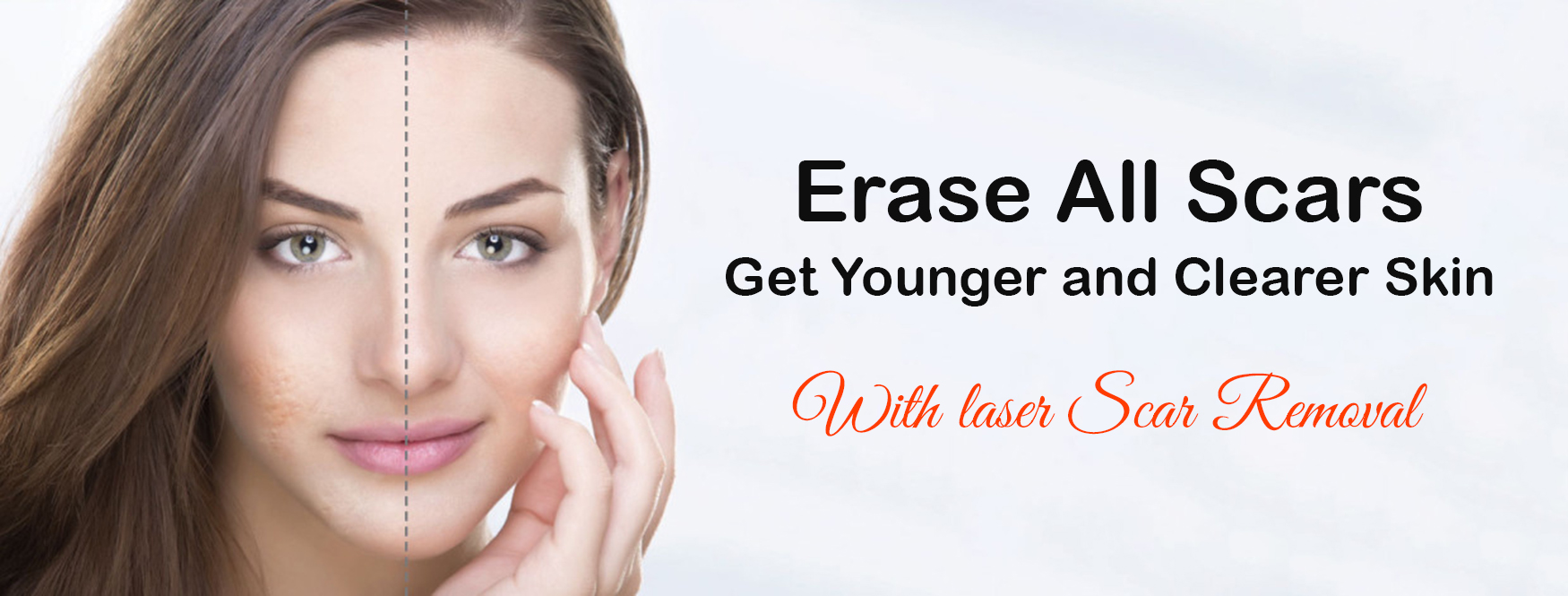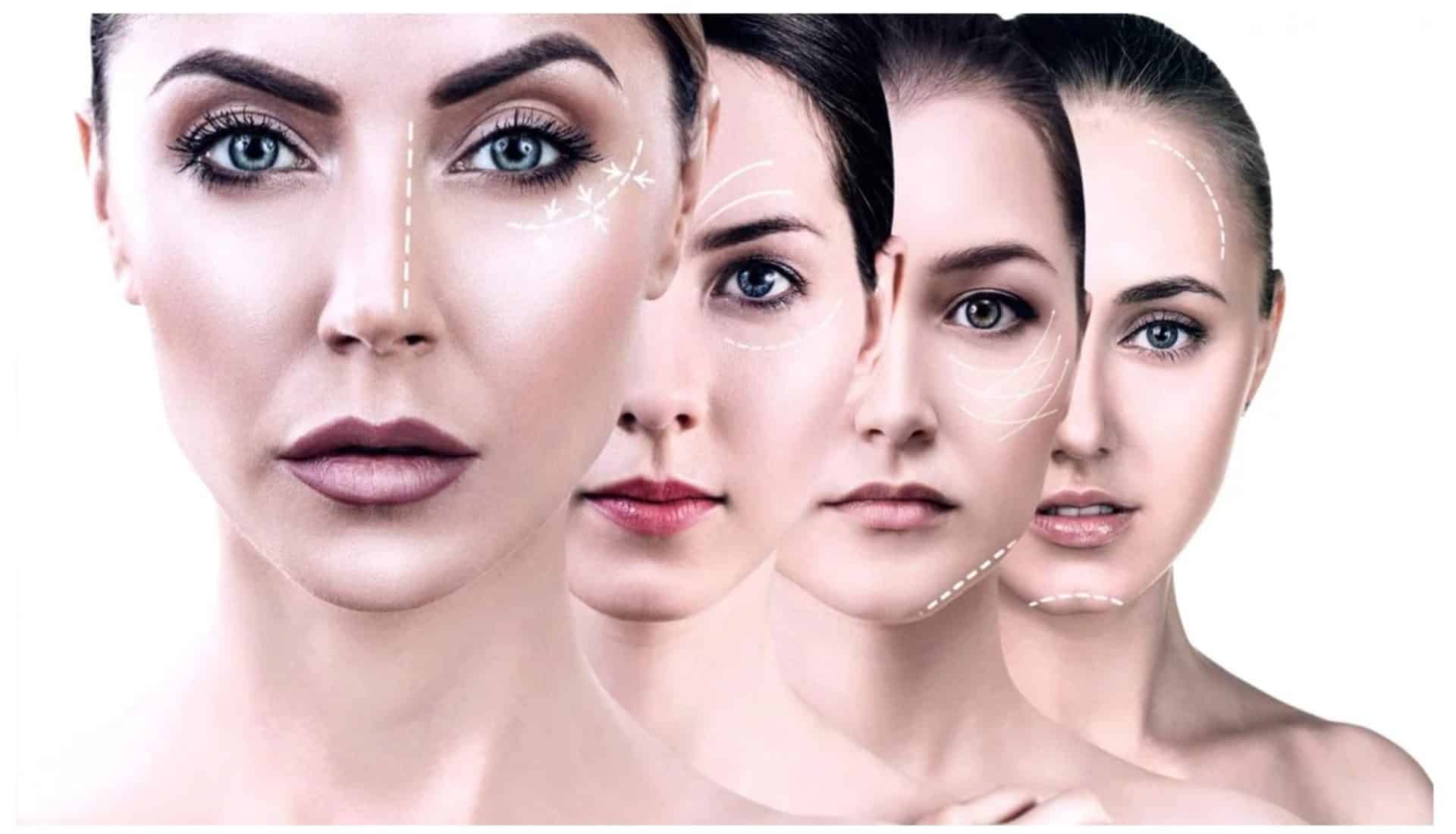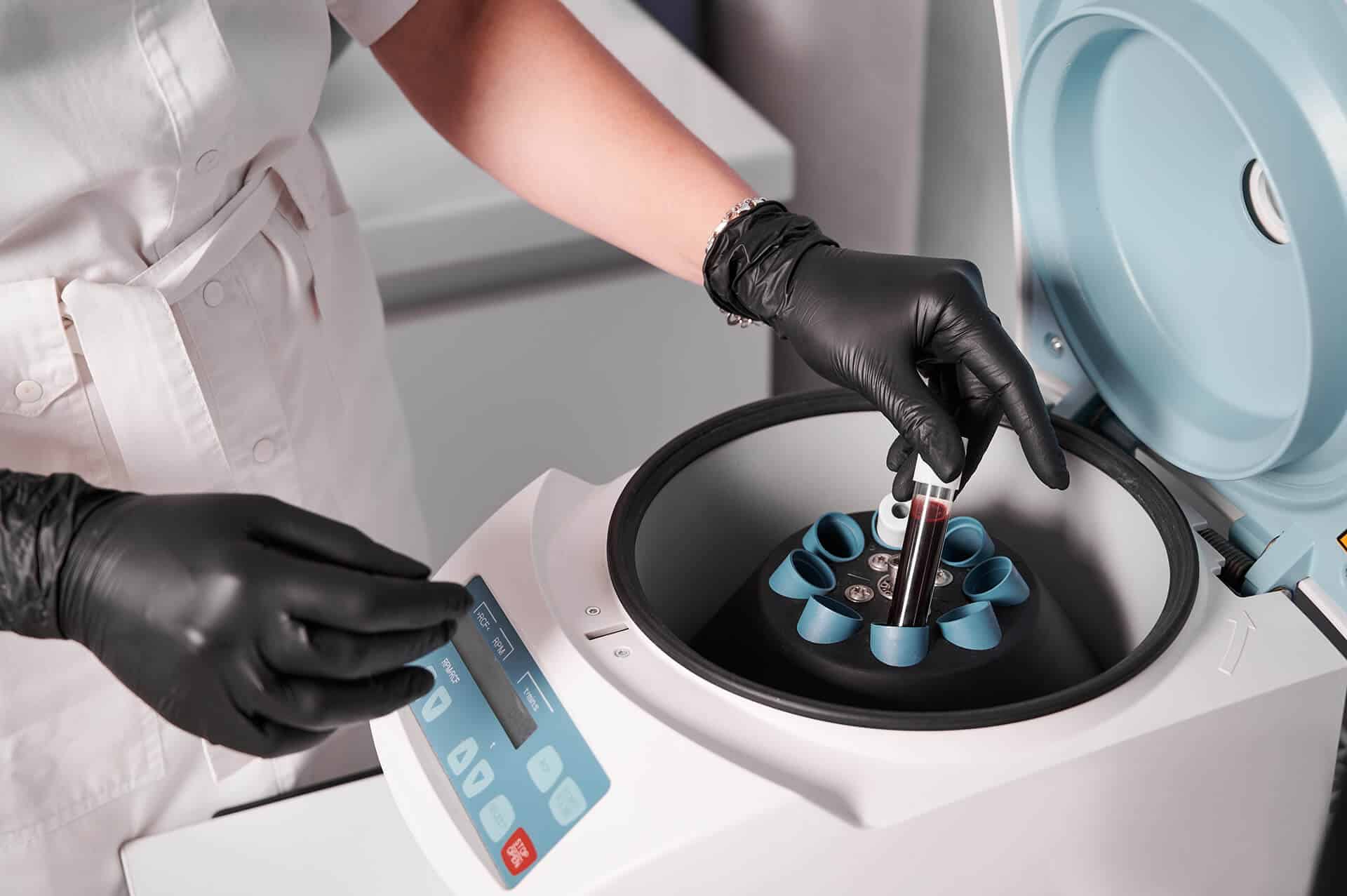
Kuala Lumpur, Malaysia has lots to offer when it comes to the field of aesthetics that includes a variety of established aesthetic clinics as well as many skillful aestheticians. Let’s not forget about the list of treatments that have to offer such as Laser Scar Removal, Weight Loss and many others. When talking about Laser Scar Removal Treatments, there are a few that comes to mind such as Q Switch, Dual Yellow and Fractional CO2 Laser. These treatments are known to be good to help remove those stubborn pimples and acne scars that just would not leave. Off all these, which would be the best for your skin, some might ask. Well, fret not as we have put together a table of comparison inclusive of the cost of each treatment for you to compare for yourselves the good and bad of each treatment before proceeding further.
TYPES OF LASER SCAR REMOVAL TREATMENT IN MALAYSIA (MALAYSIAN RINGGITS)
| PARAMETER | Q SWITCH | DUAL YELLOW | FRACTIONAL CO2 LASER |
|---|---|---|---|
| Cost / session | RM 900 | RM 1200 | RM 1500 |
| Cons | There will be some skin redness after | There will be some mild swelling associated after the treatment | Skin becomes tender and red after treatment and downtime of about 7 days is needed. Minimize sun exposure. |
| Description | Q Switch is a treatment to help replace old, damaged skin with new ones and at the same time replenishing collagen supply to the skin to help produce a more scar free appearance. | Dual Yellow stimulates the release of collagen to help treat the scars and eventually reducing it to produce a blemish free look. | Fractional CO2 Laser is a method used to remove scars by stimulating the production of collagen and elastin making the skin more tight and firm. |
| Pros | There is no downtime associated with this procedure so immediately after one can get back to their daily routine. | Does not injure the outermost layer of the skin. | Strongest among the lasers and good result. |
| Success rate | Success rate given is 82% | Success rate given is about 68%. | Success rate given is 72% |
| Remark | Patient is usually asked to lie down awhile after the procedure to allow time for the redness to go off. | Skin conditions such as dermatitis, psoriasis and eczema are strictly not recommended for this procedure. Also pregnant ladies as well as breastfeeding mothers are not allowed to undergo this treatment. | It is best to let the aesthetician know if they have any skin conditions before hand. |
| Risk Factor | Those having skin conditions such as eczema or dermatitis are not advised for this. Otherwise, pregnant ladies as well as breastfeeding mothers should always remain cautious. | Those with loose skin and poor skin tone will not be a good candidate for this procedure. Also pregnant ladies and breastfeeding mothers should stay away from this procedure. | Pregnant ladies and breastfeeding mothers are not encouraged to undergo this procedure. Skin conditions such as eczema, dermatitis, psoriasis and others are not allowed to undergo this treatment. |
| Pain Scale | 3/10 | 4/10 | 5/10 |
Kuala Lumpur being the capital of Malaysia is known for its hustle and bustle city life as well as a tourist attraction for the variety of cuisine it has to offer. However, little did many know that Kuala Lumpur, Malaysia is a hub for aesthetic services in Southeast Asia. Well, probably a shocker for many but know this, we have some of the most established clinics providing world class services. Not to forget about the skillful and trained aestheticians we possess that never fails to impress us with their success in their trained field. The most popular treatment nowadays is
The gist of it is that we have all the resources for you to achieve weight loss without having to seek elsewhere and the cost of each of it has been stated. Kuala Lumpur, Malaysia is surrounded by many aesthetic clinics such as Nexus, Mediviron and others that possesses world standard quality as well as perfectionist level aestheticians to help you out.
, and it can be used in various areas of the face to help one achieve the look they desire. Sometimes even you may get confused on what is the best choice out there for you. Well, fret not as we have put together a table regarding the areas to treat using Laser Scar Removal. Weigh the details yourselves and find out what fits you best and not to forget the cost are stated as well and you may evaluate it by yourselves.
The gist of it is that we have all the resources for you to achieve weight loss without having to seek elsewhere and the cost of each of it has been stated. Kuala Lumpur, Malaysia is surrounded by many aesthetic clinics such as Nexus, Mediviron and others that possesses world standard quality as well as perfectionist level aestheticians to help you out.
LASER SCAR REMOVAL TREATMENT REVIEWS

“I had mild acne growing up as a teenager. It was worsened by the fact that I had a bad habit of picking at the pimples so it can be gotten rid of quickly. This only gave rise to scars. Now, going through this treatment has helped to a large extent in clearing my face of the scars.“
⭐ ⭐ ⭐ ⭐ ⭐

“I had been noticing a volume loss in my face for a few years. It was slowly getting worse. After a consult at Nexus, we decided that a PRP treatment combined with fillers would be the best choice. And, what a great decision! The PRP made that area look amazing. They took their time and literally sculpted my face. The results are awesome!“
⭐ ⭐ ⭐ ⭐ ⭐








